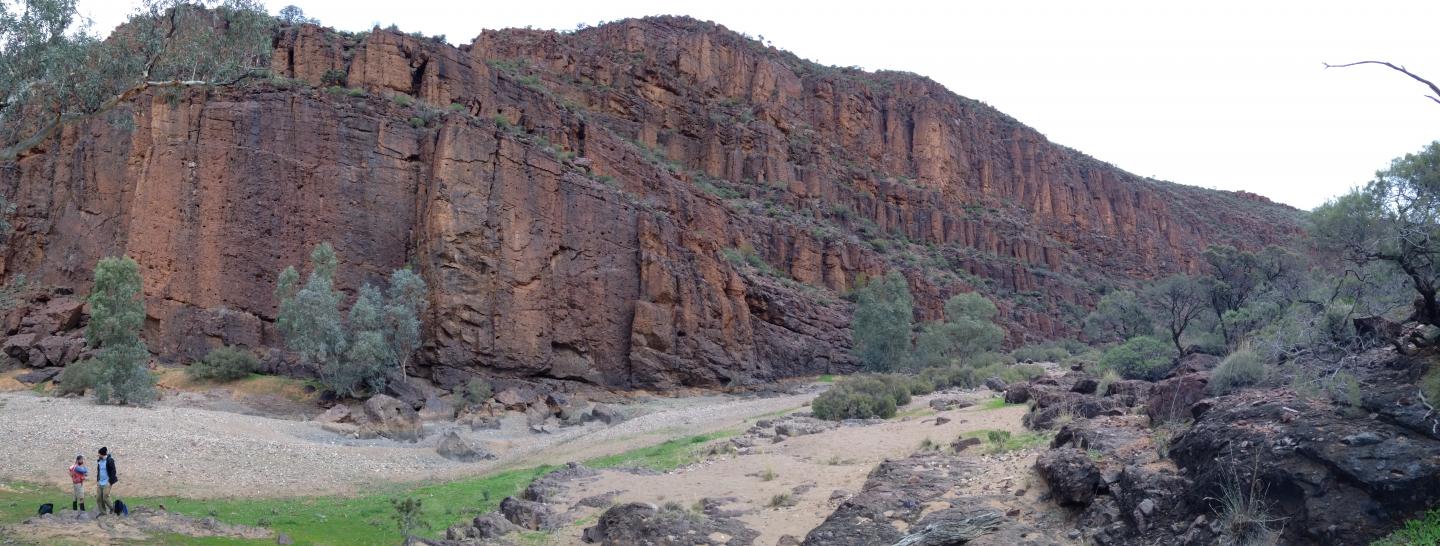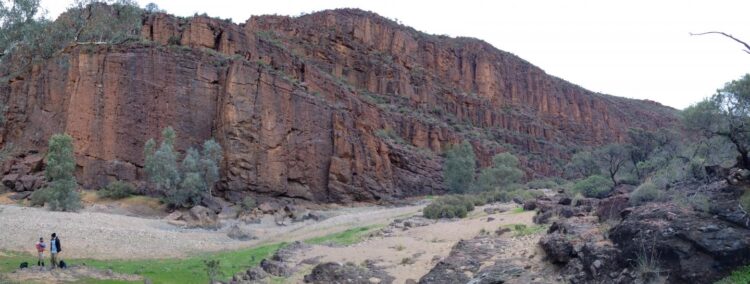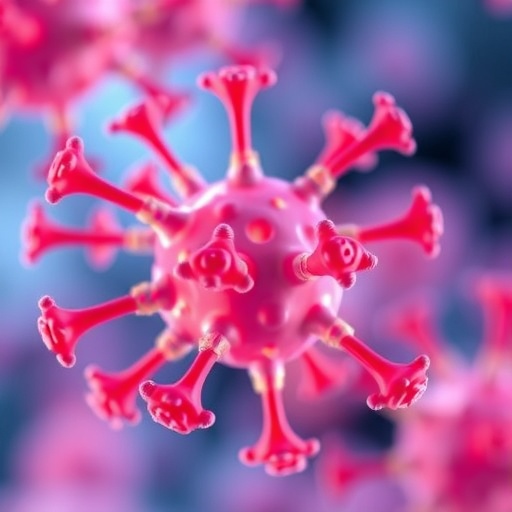
Credit: University of Southampton
Scientists at the University of Southampton have discovered that changes in Earth’s orbit may have allowed complex life to emerge and thrive during the most hostile climate episode the planet has ever experienced.
The researchers – working with colleagues in the Chinese Academy of Sciences, Curtin University, University of Hong Kong, and the University of Tübingen – studied a succession of rocks laid down when most of Earth’s surface was covered in ice during a severe glaciation, dubbed ‘Snowball Earth’, that lasted over 50 million years. Their findings are published in the journal Nature Communications.
“One of the most fundamental challenges to the Snowball Earth theory is that life seems to have survived,” says Dr Thomas Gernon, Associate Professor in Earth Science at the University of Southampton, and co-author of the study. “So, either it didn’t happen, or life somehow avoided a bottleneck during the severe glaciation.”
The research team ventured into the South Australian outback where they targeted kilometre-thick units of glacial rocks formed about 700 million years ago. At this time, Australia was located closer to the equator, known today for its tropical climates. The rocks they studied, however, show unequivocal evidence that ice sheets extended as far as the equator at this time, providing compelling evidence that Earth was completely covered in an icy shell.
The team focused their attention on “Banded Iron Formations”, sedimentary rocks consisting of alternating layers of iron-rich and silica-rich material. These rocks were deposited in the ice-covered ocean near colossal ice sheets.
During the snowball glaciation, the frozen ocean would have been entirely cut off from the atmosphere. Without the normal exchange between the sea and air, many variations in climate that normally occur simply wouldn’t have.
“This was called the ‘sedimentary challenge’ to the Snowball hypothesis,” says Professor Ross Mitchell, professor at the Chinese Academy of Sciences in Beijing, China and the lead author. “The highly variable rock layers appeared to show cycles that looked a lot like climate cycles associated with the advance and retreat of ice sheets.” Such variability was thought to be at odds with a static Snowball Earth entombing the whole ocean in ice.
“The iron comes from hydrothermal vents on the seafloor,” added Gernon. “Normally, the atmosphere oxidizes any iron immediately, so Banded Iron Formations typically do not accumulate. But during the Snowball, with the ocean cut off from the air, iron was able to accumulate enough for them to form.”
Using magnetic susceptibility – a measure of the extent to which the rocks become magnetised when exposed to a magnetic field – the team made the discovery that the layered rock archives preserve evidence for nearly all orbital cycles.
Earth’s orbit around the sun changes its shape and the tilt and wobble of Earth’s spin axis also undergo cyclic changes. These astronomical cycles change the amount of incoming solar radiation that reaches Earth’s surface and, in doing so, they control climate.
“Even though Earth’s climate system behaved very differently during the Snowball, Earth’s orbital variations would have been blissfully unaware and just continued to do their thing,” explains Professor Mitchell.
The researchers concluded that changes in Earth’s orbit allowed the waxing and waning of ice sheets, enabling periodic ice-free regions to develop on snowball Earth.
Professor Mitchell explained, “This finding resolves one of the major contentions with the snowball Earth hypothesis: the long-standing observation of significant sedimentary variability during the snowball Earth glaciations appeared at odds with such an extreme reduction of the hydrological cycle”.
The team’s results help explain the enigmatic presence of sedimentary rocks of this age that show evidence for flowing water at Earth’s surface when this water should have been locked up in ice sheets. Dr. Gernon states: “This observation is important, because complex multicellular life is now known to have originated during this period of climate crisis, but previously we could not explain why”.
“Our study points to the existence of ice-free ‘oases’ in the snowball ocean that provided a sanctuary for animal life to survive arguably the most extreme climate event in Earth history,” Dr Gernon concluded.
###
Media Contact
Steve Bates
[email protected]
Related Journal Article
http://dx.






